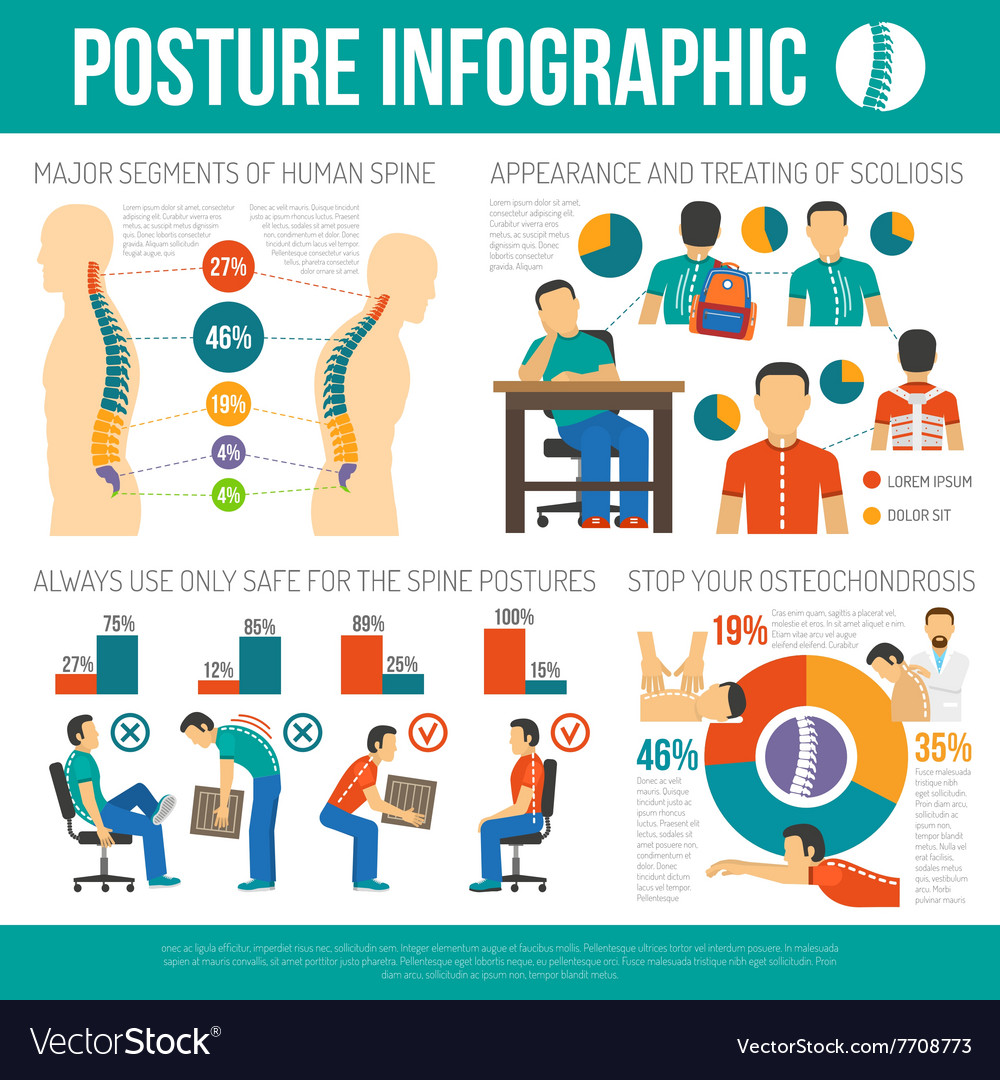Standards For Developing An Ergonomic Work Area To Ease Neck Discomfort: A Comprehensive Step-By-Step Approach
Standards For Developing An Ergonomic Work Area To Ease Neck Discomfort: A Comprehensive Step-By-Step Approach
Blog Article
Author-Camacho Broe
To stop neck discomfort at your workstation, ensuring your configuration is ergonomically sound is critical. Think of an office where each component is tailored to sustain your body's placement and decrease pressure. By complying with a couple of basic steps, you can change your workdesk location into a sanctuary of convenience and performance. But exactly how specifically can you accomplish this unified balance in between work and well-being? Let's discover the vital suggestions to develop an ergonomic office that will certainly maintain neck pain away.
Assess Your Current Configuration
Wondering if your existing work space is adding to your neck pain? Take a minute to evaluate your configuration. Begin by considering can chiropractor help sciatica . Is it at eye level, or do you find yourself regularly seeking out or down? Change the screen to ensure that your look is naturally in accordance with the top of the screen.
Next off, consider your chair. Are you slouching or stooping over while you work? Your chair ought to sustain your reduced back and promote excellent posture. Change the elevation so that your feet are level on the floor and your knees are at a 90-degree angle.
Focus on the setting of your keyboard and computer mouse. Are they within very easy reach, or are you continuously reaching and stressing your arms and shoulders? Maintain these devices near your body to decrease unneeded motions.
Lastly, think about your lights. Is it as well bright or also dim? Proper lights can decrease eye stress and reduce stress in your neck. Make these small modifications to develop an extra ergonomic work area and help relieve your neck pain.
Adjust Your Chair and Workdesk
To create an extra ergonomic work area and lower neck discomfort, ensuring proper modification of your chair and desk is critical. Beginning by changing your chair to make sure that your feet remainder level on the flooring, knees are at a 90-degree angle, and your reduced back is supported by the chair's back support. Your workdesk must go to elbow elevation to keep appropriate arm position and minimize stress on your neck and shoulders. Make sure there's enough room under the desk for your legs to move pleasantly.
When changing your workdesk height, ensure your wrists continue to be straight while typing and using the mouse. Your display needs to go to eye degree, concerning an arm's length away, to stop you from stressing your neck by looking down or up. Maintain your keyboard and computer mouse close to stay clear of overreaching, which can cause shoulder and neck discomfort.
Remember to take breaks and stretch occasionally to avoid tightness and advertise blood circulation. By effectively changing your chair and workdesk, you can develop a work space that supports excellent pose and minimizes the danger of neck discomfort.
Position Your Screen and Keyboard
For optimum functional designs and to minimize neck pressure, proper positioning of your screen and key-board is necessary in your work space arrangement. Begin by related internet page before you at arm's length away, making certain the top of the display is at or somewhat below eye level. This helps reduce strain on your neck by maintaining it in a neutral position.
Position the keyboard to make sure that your arm joints are curved at a 90-degree angle and your wrists are straight while typing. Your key-board should be placed at an elevation that enables your shoulders to stay unwinded and your arms to be alongside the floor. In addition, make certain the mouse is positioned alongside your key-board at the very same degree to stay clear of getting to or twisting.
Bear in mind to take time-outs to extend and adjust your stance throughout the day, keeping excellent placement and protecting against neck discomfort. A well-organized office with effectively placed display and key-board can considerably impact your comfort and performance.
Final thought
Finally, by complying with these simple actions to develop an ergonomic work space, you can substantially decrease neck pain and pain. Bear in mind to evaluate your existing arrangement, adjust your chair and desk, and position your screen and keyboard properly. By taking these aggressive procedures, you can boost your overall comfort and efficiency while functioning.
